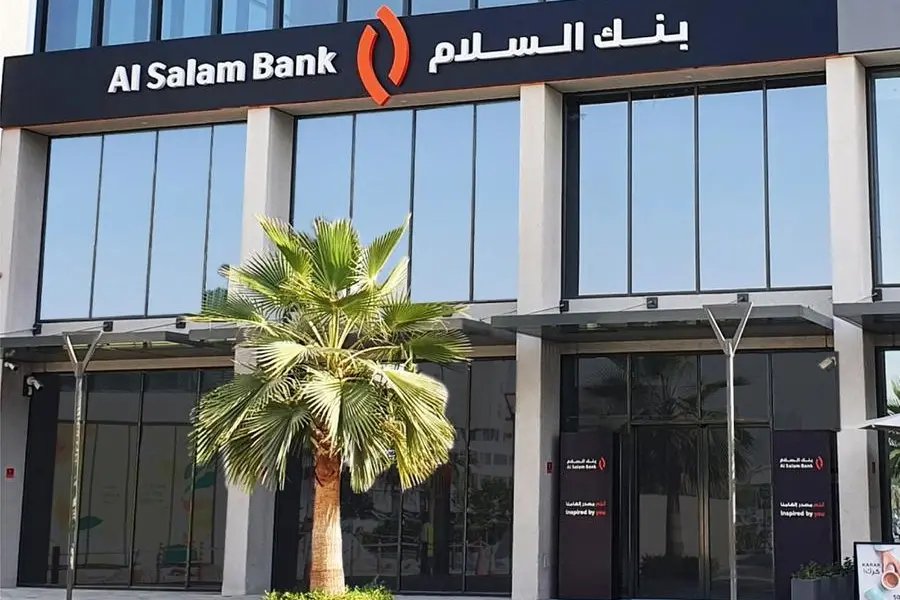PHOTO
Luena (Luso), Moxico province, Angola: Shoprite is one of Africa's largest supermarket chains, headquartered in South Africa. Founded in 1979, the company has grown into a leading retailer with over 2,800 stores across 15 countries on the continent. Image used for illustrative purpose. Getty Images
Pan-African banking groups face a unique set of challenges. Op- erating across multiple countries means dealing with diverse reg- ulatory landscapes, fragmented technology ecosystems, and a lack of harmonisation that can stifle in- novation.
In countries like Mozambique and An- gola, outdated regulations and restrictive policies further complicate the picture, slowing down the digital transformation process and limiting financial inclusion.
India offers a compelling example of how strategic regulatory support can drive digital transformation. The success of the Unified Payments Interface (UPI) has transformed India’s financial landscape, with a volume of over 100bn digital trans- actions recorded in 2023 alone.
This revolution was not just a prod- uct of technological innovation but was also fuelled by the Reserve Bank of India’s (RBI’s) proactive regulatory framework, which ensured security, interoperability, and zero-cost transactions for consumers.
So, what can African regulators learn from this?
• Harmonise regulations across bor- ders: Just as UPI unified payments across India, African regulators can work together to create a harmonised regulatory framework that facilitates seamless cross-border transactions. This would significantly reduce the friction that currently exists in intra- African payments and open up new opportunities for trade and com- merce.
• Embrace modern KYC and cloud solu- tions: Simplifying know-your-customer (KYC) requirements and embracing cloud infrastructure can accelerate onboarding processes and reduce costs. This is crucial for extending financial services to the unbanked population, many of whom face bar- riers like a lack of documentation or access to physical bank branches.
• Encourage bank-fintech partner- ships: Fintechs are often at the cut- ting edge of innovation. By encour- aging partnerships between banks and fintechs, regulators can foster an environment where innovation thrives, and customers benefit from better
services. In India, fintechs played a key role in developing user-friendly, secure platforms that were accessible to all.
Navigating regulatory challenges
While there are success stories, some Afri- can countries are taking a more cautious approach, which can inadvertently stifle innovation. In Mozambique, for example, restrictions on cloud infrastructure are in- tended to protect local data but have the unintended consequence of slowing down digital transformation. Similarly, Angola’s outdated regulatory framework makes it difficult for banks to onboard customers quickly and efficiently.
These cases highlight the need for a balanced approach – one that protects consumers and fosters innovation without compromising on security or control.
For African regulators and banks to fully harness the potential of digital banking, a few key steps are essential:
• Develop regulatory sandboxes: These controlled environments allow banks and fintechs to test new products and services without the full burden of regulation. This not only accelerates innovation but also helps regulators understand the implications of new technologies in a low-risk setting.
• Promote cross-border collaboration:
Regulators need to work together to create a unified digital banking frame- work across the continent. This would reduce the regulatory friction that cur-rently hinders cross-border transactions and enable a more integrated African financial market.
• Leverage technology for compliance:
For banks operating in multiple coun- tries, having a platform that can adapt to different regulatory requirements is crucial. Modular solutions, like those offered by Backbase, can help banks scale while maintaining compliance, allowing them to focus on innovation and customer engagement rather than regulatory complexities.
Conclusion: A path to inclusive growth
Africa is on the cusp of a digital banking revolution, but to unlock its full potential, regulators and banks must work hand- in-hand.
By taking cues from successful models like India’s UPI and creating a supportive regulatory environment, African countries can drive financial inclusion, foster innova- tion, and build a thriving digital economy.
It’s time for African regulators to step up and create frameworks that not only protect but also propel the continent into a new era of financial prosperity. After all, the future of banking in Africa depends on it.
Heidi Custers (inset left) is the Digital Transformation Director at Backbase, a global leader in banking technology, helping financial institutions deliver seamless, customer-first experiences through its Engagement Banking Platform.
By taking cues from models like India’s Unified Payments Interface and creating a supportive regulatory environment, African countries can drive inclusion, innovation and build a thriving digital economy.
© Copyright IC Publications 2022 Provided by SyndiGate Media Inc. (Syndigate.info).





















